ARTISTS CARVING THEIR PLACE INTO THE WORLD

There’s a cruel joke that is thrown at people who are pursuing a career as an artist:
“Engineers ask, ‘How is it done?’
“Scientists ask, ‘Why is it done?’
“Economists ask, ‘How much does it cost?’
“And artists ask, ‘Would you like fries with that?’ ”
While the artistic community doesn’t have the reverence it may once have had, especially in the days of the Renaissance, art remains a respectable craft that is genuinely difficult for many to thrive in. That, and the competitive marketplace, actually says much about the character of those artists who persist: That while they may face ridicule, they still have the spine to hold their head high and continue to carve their place in the cutthroat world of art.
Included in this group are a pair of Mt. Hood Community College art students.

After last year’s forest fires, Audrey Latouche found herself and her family having to relocate frequently following their previous home’s smoke damage. The second-year MHCC student, 18, is currently settled in Estacada, after bouncing to her family’s RV, staying at a friend’s home and a hotel.
While she has gone through the tribulations to find steady housing, she still managed to maintain her interest in art, as she finds it to not only be a therapeutic process but also her lifelong dream, as she was accepted into the Pratt Institute of Art in New York City.
While Latouche says that she is inspired by all mediums of art, she finds herself to be particularly fond of water coloring, which is infamous for its fluid and unforgiving nature. She professes that she is not talented at acrylic art but that she is not against any forms. She has expressed her love for oil paintings, citing their beauty, but admits that it is a difficult medium to work with in a cramped space, especially when some materials are flammable. She has also taken classes in printmaking, watercoloring, life drawing, etc. at Mt. Hood and found the experience to be pleasant.
Ultimately, Latouche says that while she has preferences, she is open to any artistic approach. While artists, in Latouche’s words, are often portrayed in media as either the “struggling artist” or a “wealthy snob,” her approach to art is also pragmatic, noting that artists are “not always going to be able to do art they love.
“A lot of artists are critical of their work and don’t like it because they’ll find something wrong about their piece,” she says. As she points out, it is not uncommon for artists to take unwanted commissions, out of financial necessity. Regardless, she stresses that personally she’d rather be happy than having a different job she doesn’t enjoy.

Payne’s Gray Monochrome 
Batty Bitch 
Queen of the Trichobezours 
Mother’s Heartbeat
Latouche directs attention to her Instagram account – “Audrey_latouche6” – for anyone who wishes to see more of her work.
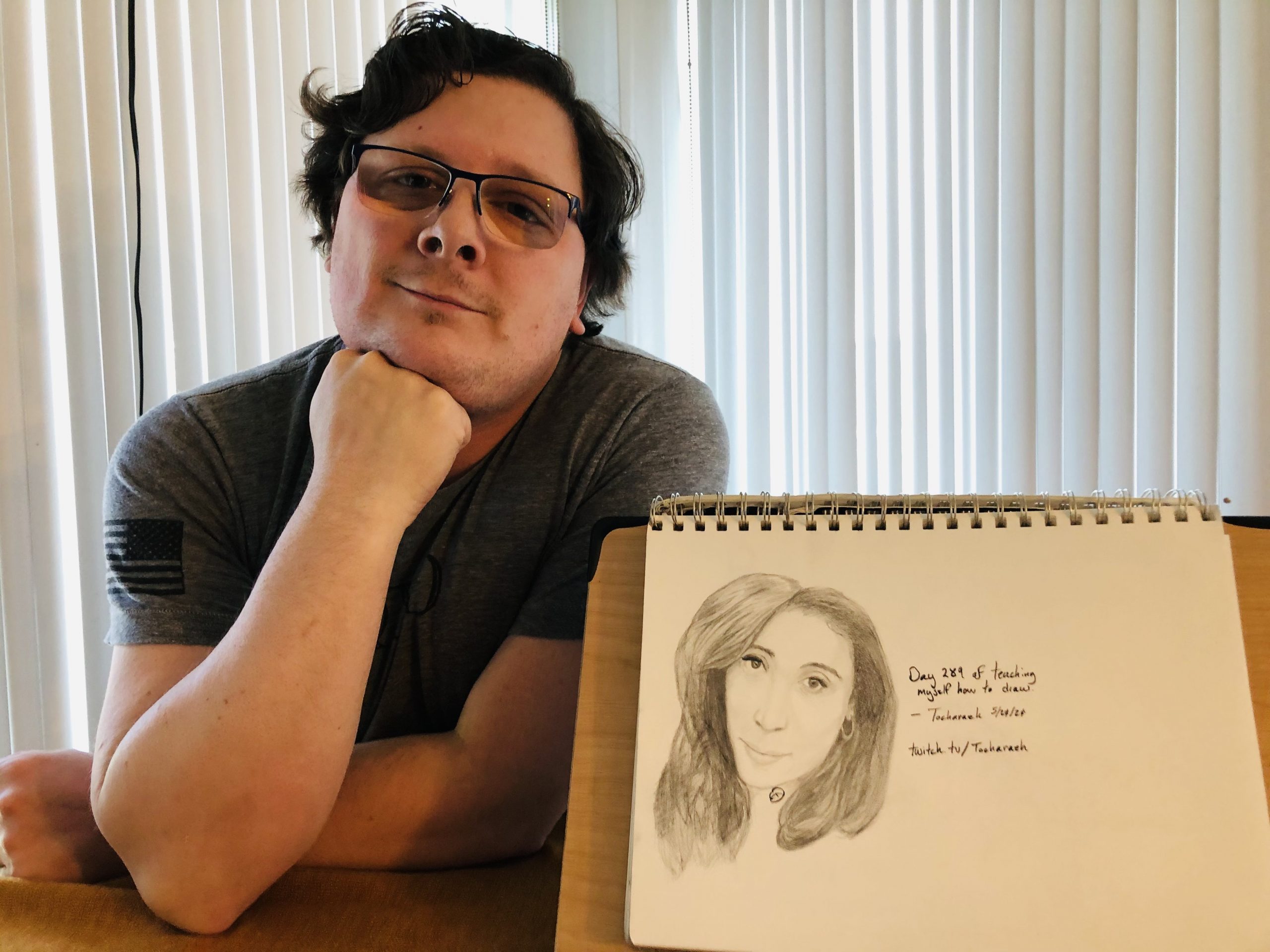
Military and fine art are terms that are seldom combined. But U.S. Army veteran Cameron Dunbar-Yamaguchi is quick to point out that there are great examples of American soldiers who became exemplary artists, such as Steven Pressfield from the Marines who wrote “The War of Art” and most famously art icon Bob Ross, who served in the U.S. Air Force.
Dubar-Yamaguchi, like many artists, always had an interest in the subject but delayed ever pursuing it until he finally began in 2019 after retiring from the Army.
Dunbar-Yamaguchi joined the Army for what would become 14 years to “grow a backbone,” where he became a surgical assistant specializing in trauma medicine. He also has instructed many members of the military, including special forces. The 38-year-old Portlander says he found art to be the best way for him to handle his experiences after suffering combat PTSD as “a form of therapy and coping” and shares his belief in the benefits art therapy has for others who suffer from PTSD.
He describes his artistic upbringing as very closely related to his mother who was also an artist, having drawn a lot of Jewish-themed works and having contributed to the world of art through acrylics and ceramics. Her pieces have even been selected for showing in the Chicago Art Museum, he says.
Dunbar-Yamaguchi’s father, while not imparting any artistic influence onto him, gave him a sense of good work ethic and discipline which he says affected his approach, in that discipline is among an artist’s most invaluable traits. After starting art classes at Mt. Hood in 2020, he says he would very much enjoy attending the Watts Atelier of the Arts (offering courses online and in-person near San Diego), which he calls an institution known for its emphasis on the fine arts and “heavy focus on study of anatomy that would impress medical students.” This ambition, he concedes, would be a logistical nightmare for his wife and children. Regardless, he also is thankful for his family for being very supportive of his pursuit to draw and his desire to become a concept artist for game development professionals.
Dunbar-Yamaguchi encourages all artists to seriously pursue their love for art.
“For anybody who is afraid of drawing, just go for it,” he says. “Fear stops people from doing most things in life. In drawing, the fear is in making mistakes.” He instead urges that no one should be afraid to make a mistake and instead take any as a challenge to improve.

Impermanence 
Charcoal 
Female Reclining 
Progress
To view more of his drawings, Dunbar-Yamaguchi directs people to his Instagram account, “Tocharaeh.”

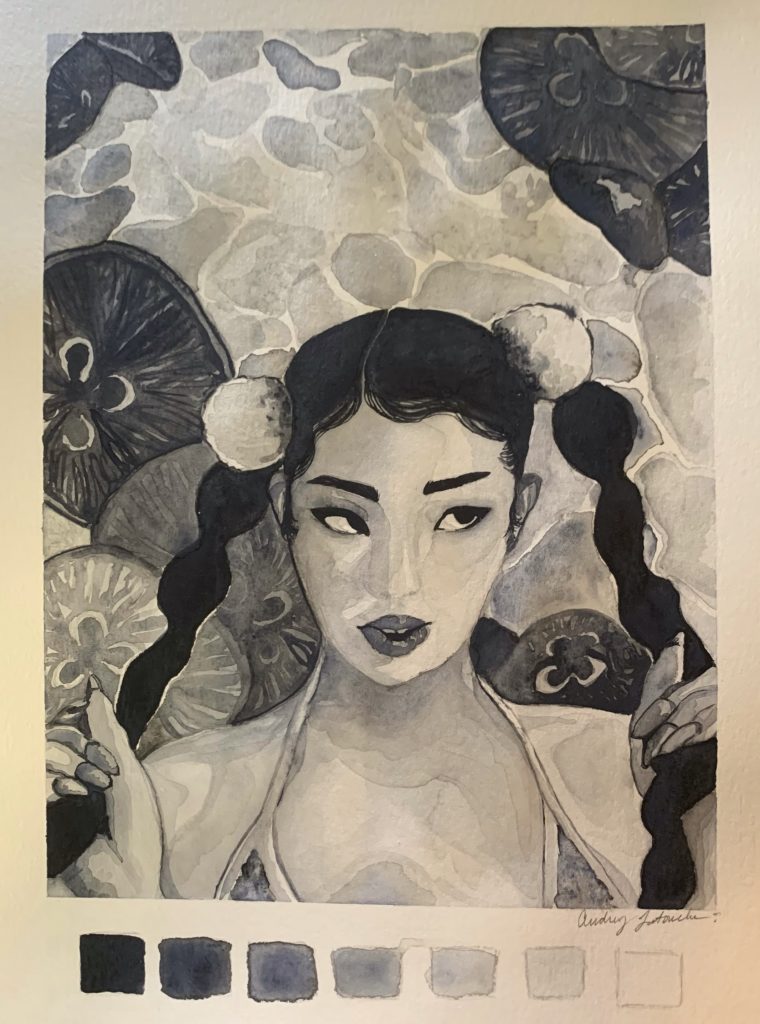
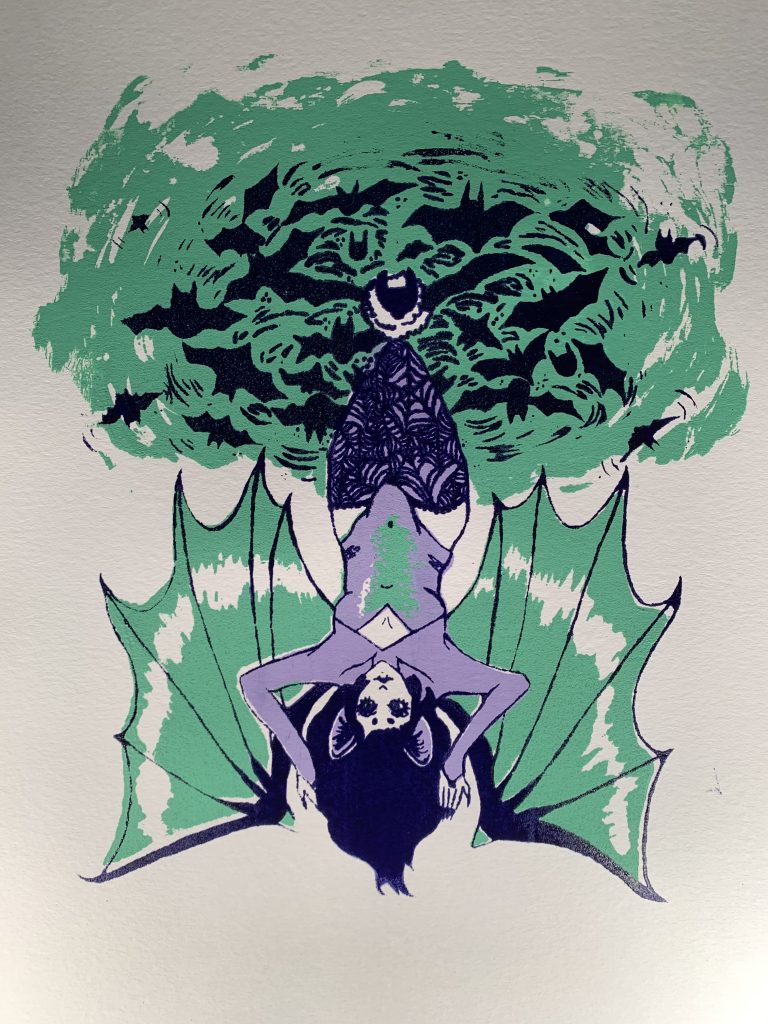
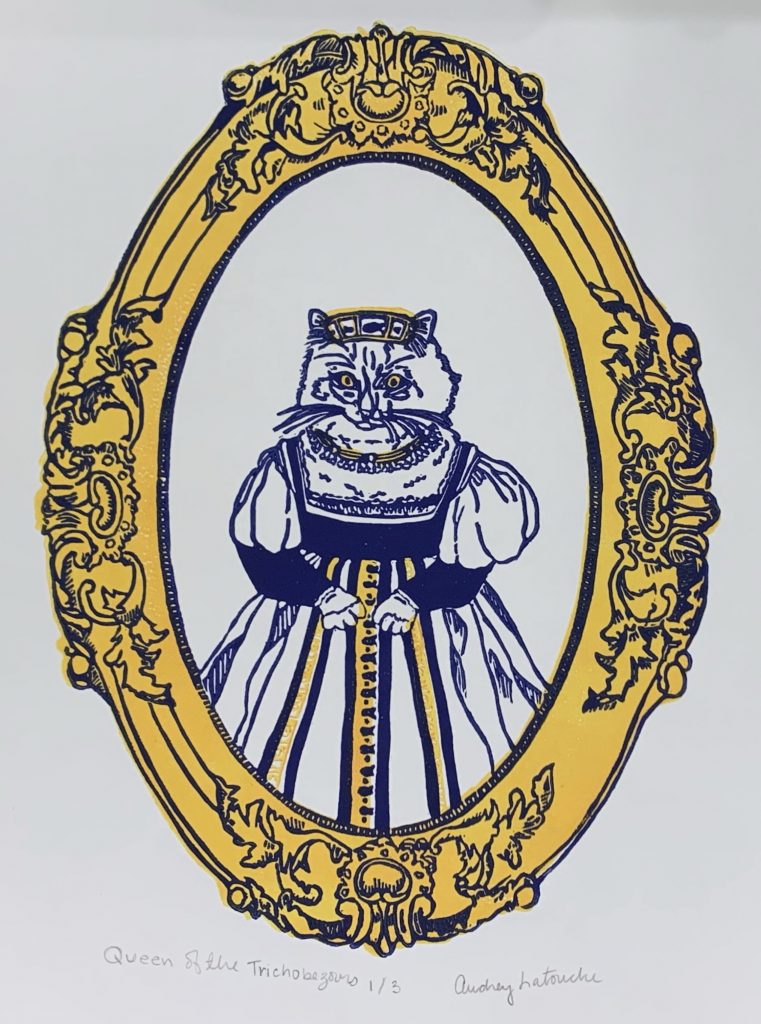
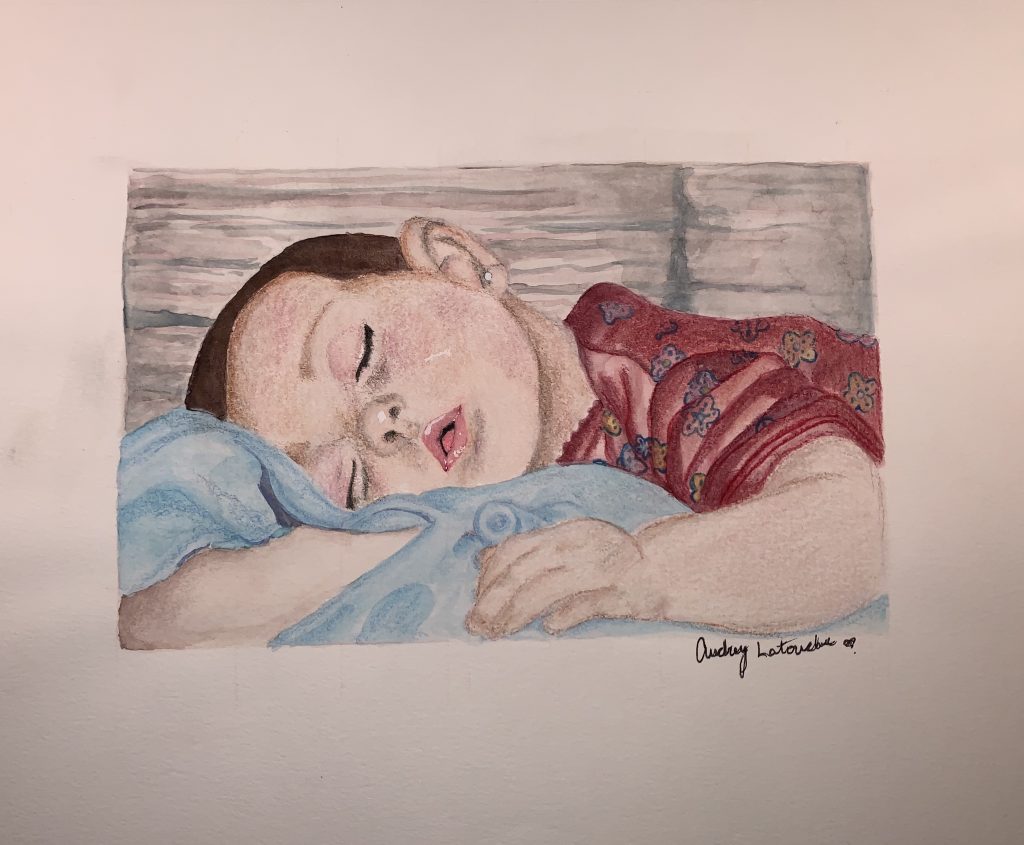
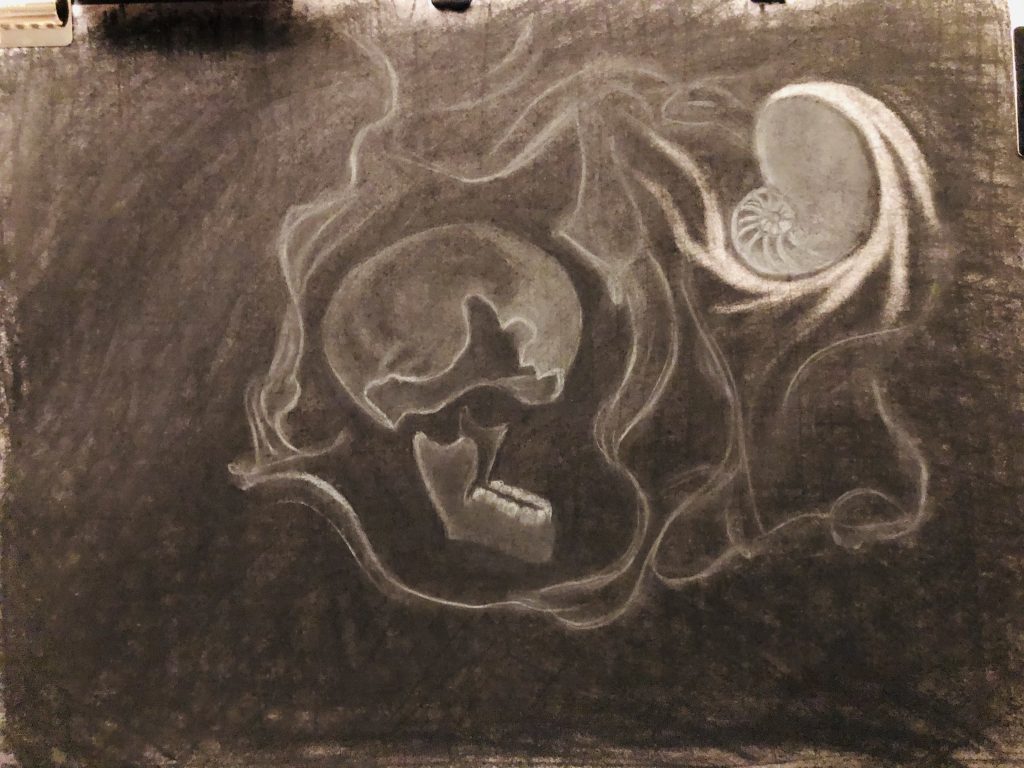
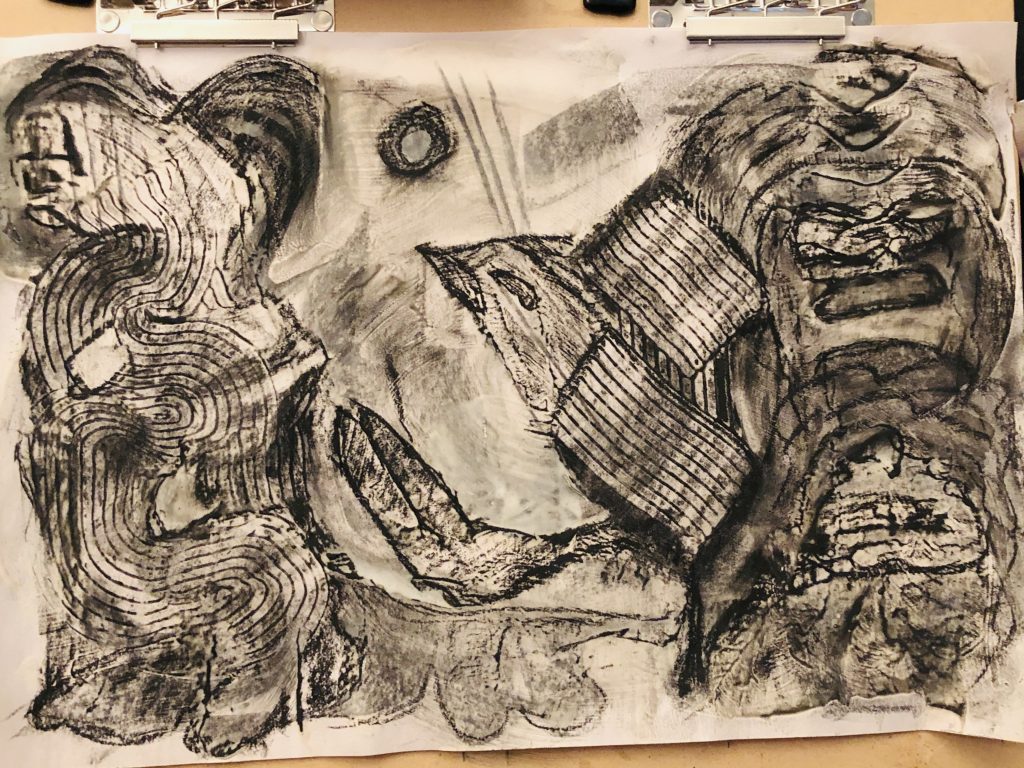
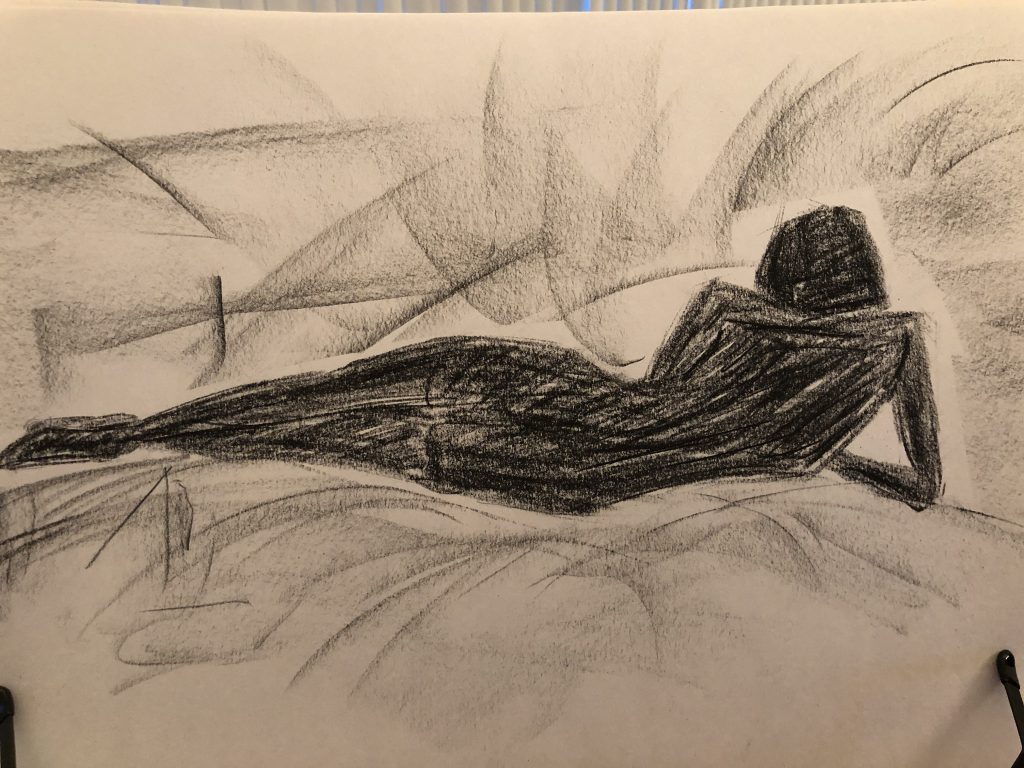
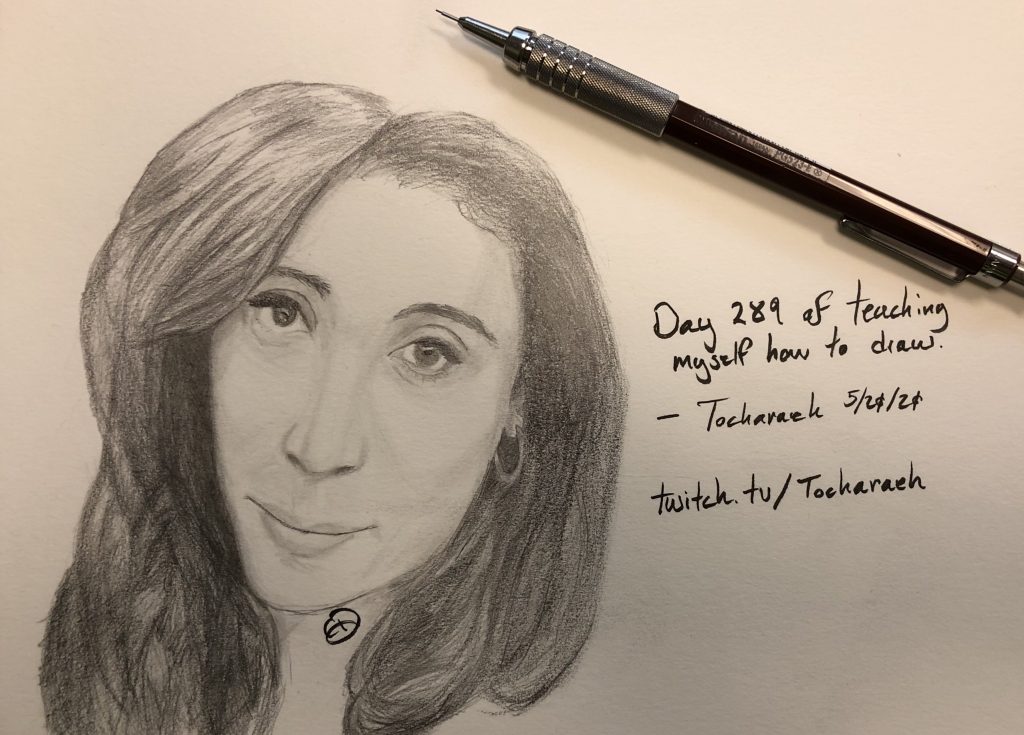
Leave a comment